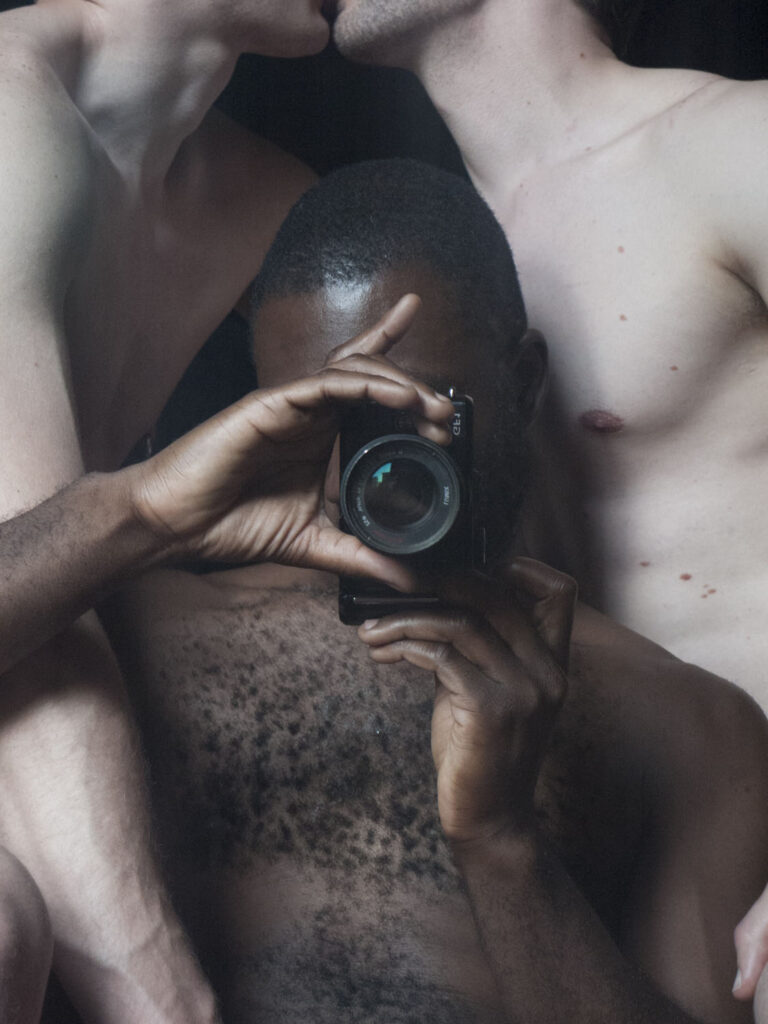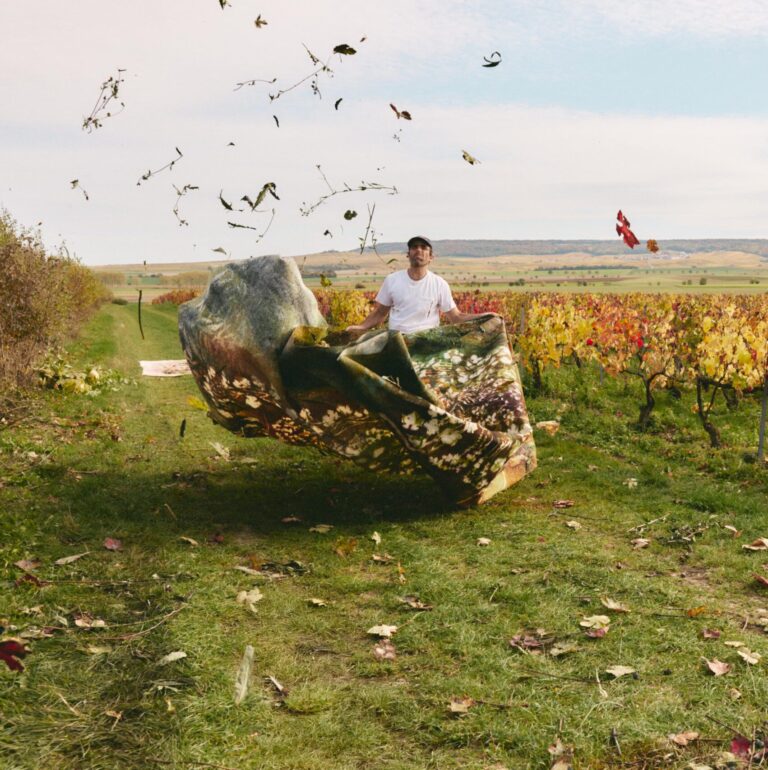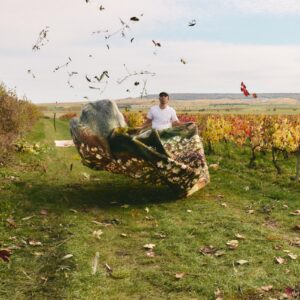
For a Pennsylvania-raised artist who went to NYU as an undergrad and then to Yale for an MFA, it’s somewhat surprising that Sam Contis has tapped into the mythos of the American West so thoroughly and imaginatively. In two major February exhibitions and a concurrent book release, Contis is demonstrating her ability to re-envision what we know about the land of wide-open spaces, rugged individualism and traditional gender roles. In the process, she shows how photography is an even more flexible medium than we thought. Whether she’s taking the pictures herself or using someone else’s images as raw material, her touch is finely calibrated and undergirded by a warmth sometimes missing in contemporary art.
The Museum of Modern Art’s long-awaited Dorothea Lange show, its first large presentation of the 20th-century photographer’s work since 1966 (on view through May 9), features three works by Contis that take and reframe Lange’s own images. Contis is the only other artist to be included, due to her distinctly respectful and creative version of appropriation. Lange is also the subject, inspiration and fodder for Contis’s new book, Day Sleeper, timed to the exhibition; she uses the master’s work and makes us see it anew.

“It’s a collaboration,” says Contis, 37, of the unusual concept, imagining that Lange is working alongside her. “It’s a shared seeing of Dorothea’s world. My collaborator is no longer around, but she’s left all this stuff for me to root through.” Contis happens to live in Oakland, where Lange’s archive is located. A longtime admirer of the work, Contis discovered the trove and got lost in contact sheets, old cameras and notes. “As a Lange aficionado,” she says, “I thought, ‘if I’ve never seen these photos of Lange before, then chances are that not too many people have either.’” The fact that Lange is overly identified with a single picture—Migrant Mother of 1936, an all-time classic that threatens to be the only thing we remember about her—only encouraged Contis to reveal the depth of her work.
Contis first connected with Sarah Meister, curator of MoMA’s Lange exhibition, when she was featured in the museum’s 2018 New Photography show. The two quickly hit it off. Meister saw in Contis a freshness of approach that her survey needed. “I didn’t want my show to feel like a mausoleum. I wanted contemporary perspectives and Sam recognized herself in Lange, that sense of kindred spirits.”
Meister is most impressed by the way Contis can digest someone else’s images in the act of creation. “This is Sam’s work: she’s absorbing Lange’s example but has created something all her own. It’s incredible how the selection and sequence is distinct.” It makes sense: Contis’s photography, in color but especially when she uses lustrous black-and-white, is most notable for its emphasis on the perfect odd detail to stand in for the whole, like a close-up of an Adam’s apple or a hand holding fresh farm eggs. And she captures faces at surprisingly unselfconscious moments.
The other show she’s in—“Masculinities: Liberation through Photography” on view at the Barbican Centre in London through May 17—features images from her “Deep Springs” series, some of which made up her 2017 book of that title. When creating that body of work, she spent many months over several years at the remote Deep Springs College in California, a nine-hour drive from Oakland and “two valleys away from Death Valley” to photograph the world of the students there, who focus on ranching and farming as well as academics. “It’s part of this idea of the West, masculinity and the iconography of the cowboy,” says Contis. “And that’s part of the kinship I feel with Dorothea.”
Contis adds that she still misses the landscape. “It feels like home in a way I never imagined,” she says. But it’s clear that her photographic approach does not require a signature setting. Its visual language is far more universal. “Most of the work I make is really about my relationship with the people,” she adds. “It’s about a moment of mutual vulnerability.”










 in your life?
in your life?

